Masticating Vs Centrifugal Juicers (How to Choose)
There are tons of juicers on the market. If you’re thinking of doing a juice cleanse or if you like to juice regularly, you’ll want to know the differences between a masticating juicer and a centrifugal juicer. I also share tips on selecting the right one for you!

Juicing has been rising in popularity over the past few years, with specialty juice bars planting themselves in almost all cities. The surge in popularity of celery juice has brought juicing even more to the forefront.
Buying pre-made juices at the grocery store or specialty shops can get expensive and it’s always best to drink juice fresh, ideally within 24 hours of making it.
Making your own juice also means you can control what’s in it and allows you to choose organic produce.
Whether you’re new to juicing or you want to start making them at home, this guide on the differences between the various categories of juicers should help you figure out the perfect juicer for you!
Centrifugal Juicers
Centrifugal juicers have three main advantages: they’re affordable, quick, and easy to clean. For these reasons, centrifugal juicers are best for people who want to juice only occasionally or for those on a budget.
- Pros: By spinning quickly, a centrifugal juicer separates the pulp from the juice. They’re great for making orange juice or for juicing other citrus fruits.
- Cons: The disadvantages of centrifugal juicers are that they are very loud and are less able to process greens or softer produce. Due to the heat generation of a centrifugal juicer, your juice is also more likely to oxidize.
Who Should Buy a Centrifugal Juicer?
- Quick Juicing: Ideal for those who need a fast juicing solution, as centrifugal juicers work quickly by shredding produce and extracting juice at high speeds.
- Busy Lifestyle: Great for people with a busy schedule who want to make juice in the morning or on the go, as it requires minimal prep time and produces juice quickly.
- Budget-Friendly: Suitable for budget-conscious buyers, as centrifugal juicers are typically more affordable than masticating juicers.
- Primarily Juicing Soft Fruits and Vegetables: Best for people who mainly juice softer produce like apples, oranges, or carrots, as centrifugal juicers handle these types efficiently.
- Not Focused on Maximum Nutrient Retention: Ideal for those who are less concerned with extracting every bit of nutrients or the oxidation process, as centrifugal juicers generate more heat, which may degrade some enzymes.
- Wanting Less Cleanup: Many centrifugal juicers have fewer parts, making them easier and faster to clean than masticating juicers.
Recommended centrifugal juicers:
Masticating Juicers
The advantages of masticating juicers are that they yield fresher, tastier juice, low oxidation, and give you the ability to juice both hard and soft produce (which means green juice).
My vegetable juicer of choice for regular juicing including doing a juice cleanse is a masticating juicer.
A masticating juicer slowly crushes fruits and veggies between a screen and an auger, discarding the pulp and leaving behind the juice. Due to its slow pressing, there’s no heat to oxidize the juice. This type of juicer is popular with people who want to juice at least once a week.
There’s a smaller chute on this type of juicer, though, so prepping your produce is necessary. In other words, you’ll have to cut your vegetables into smaller pieces to help fit them into the feeding tube. Masticating juicers are also slower and pricier than centrifugal juicers.
Masticating juicers can come in both vertical and horizontal types. They also often come in a variety of colors including stainless steel.
Who Should Buy a Masticating Juicer?
- Health and Nutrient-Focused: Ideal for people who prioritize maximum nutrient retention, as masticating juicers operate at slower speeds, generating less heat and preserving more vitamins and enzymes.
- Juicing Leafy Greens and Tough Vegetables: Perfect for those who want to juice leafy greens (like spinach and kale), wheatgrass, or tough vegetables (like celery and beets), as masticating juicers excel at extracting juice from fibrous produce.
- Longer Juice Shelf Life: Suitable for people who prefer to make larger batches of juice and store them, as masticating juicers produce less oxidation, resulting in juice that stays fresh longer (up to 72 hours in the fridge).
- Willing to Spend More for Quality: Best for buyers willing to invest in a higher-priced machine, as masticating juicers tend to be more expensive but offer better juice yield and quality.
- Quiet Operation: Great for those who prefer a quieter appliance, as masticating juicers operate at slower speeds and make less noise than centrifugal juicers.
- Versatility Beyond Juicing: Ideal for someone who wants a multifunctional machine, as masticating juicers can often be used for making nut milks, baby food, sorbets, and even pasta.
- Time for Juicing: Suited for individuals who don’t mind spending extra time on juicing, as masticating juicers require more prep and take longer to process produce than centrifugal models.
Recommended masticating juicers:
- Omega Masticating Juicer (this is the one that I started with and used for 14+ years)
- Omega Easy Clean Masticating Juicer (this is the one that I purchased in 2024 as an upgrade to my older one above)
Masticating Vs Centrifugal Juicer Comparison Table
| Feature | Centrifugal Juicer | Masticating Juicer |
| Speed | High-speed, fast juicing | Slow-speed, thorough extraction |
| Juice Quality | Lower quality due to heat and oxidation; shorter shelf life | Higher quality, more nutrients, longer shelf life |
| Types of Produce | Best for soft fruits and hard veggies like apples, carrots | Best for leafy greens, wheatgrass, and fibrous veggies |
| Noise | Loud noise level due to high-speed operation | Quieter operation |
| Price | More affordable | Pricier, higher-end models |
| Prep Time | Less prep, handles larger pieces | More prep, requires smaller pieces |
| Cleanup | Easier, fewer parts | Takes more time, more complex |
What Other Types of Ways Can You Make Juice?
You can make juice using a blender.
If you’ve got a high speed blender and a nut milk bag, you’re all set to juice. This technique works well for the occasional juice consumer or those short on time.
Keep in mind that this works best with high speed blenders, such as a Vitamix or Blendtec.
See my full list of the best juicer blenders.
Here’s how to make juice in a blender:
- Add produce to a high powered blender. It’s best to prep produce beforehand to reduce the strain on your blender.
- Add about 1/2 cup of water to help get the blender blades moving.
- Blend until mixture is smooth and no chunks remain.
- Place a nut milk bag over a pitcher and pour juice over it.
- Squeeze juice through the bag with your hands to strain out any pulp.
See my dedicated post (including a recipe) for juicing in a Vitamix.
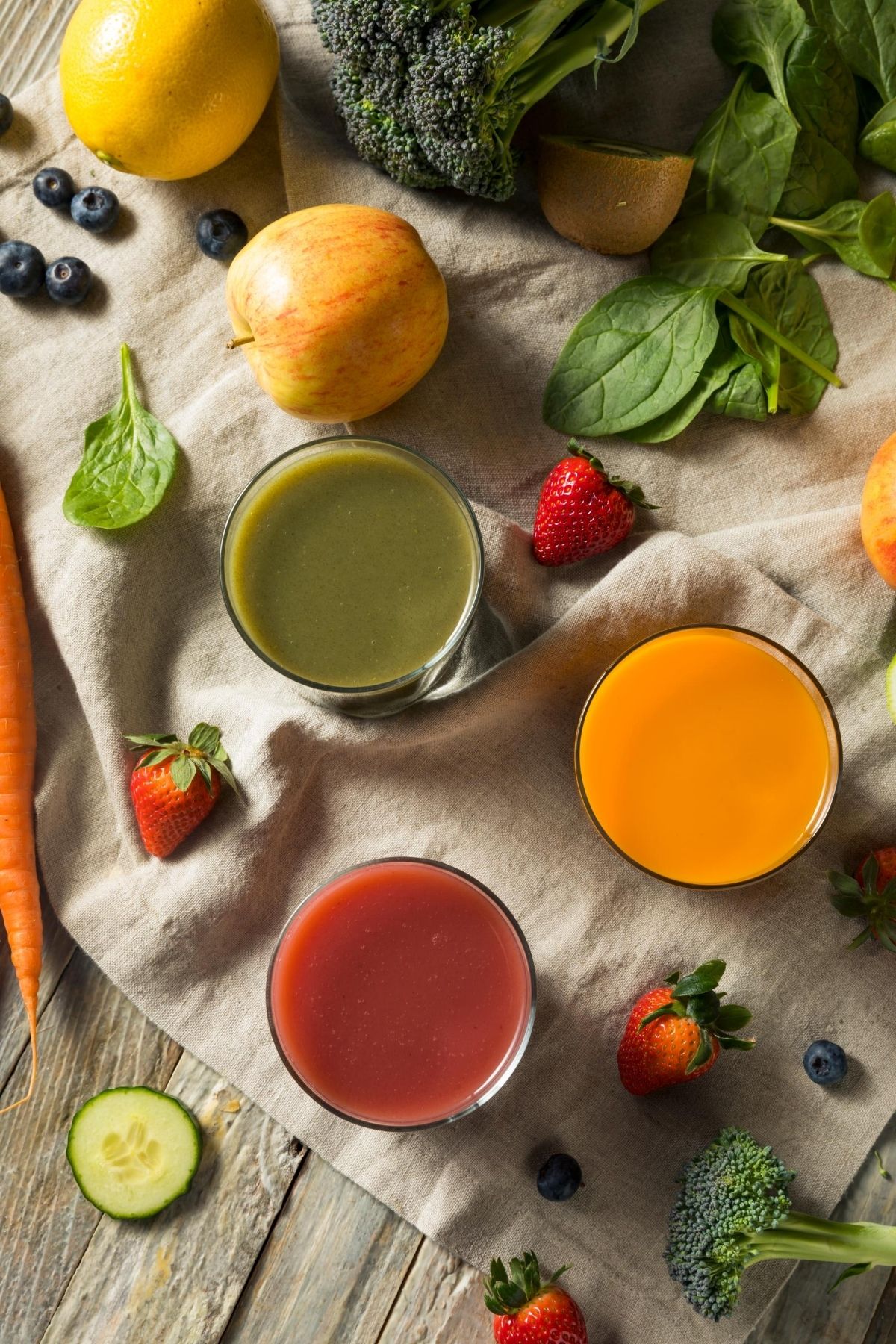
Juicer FAQS
For green juice, you’ll want to go with a masticating juicer. These juicers can successfully extract juice from softer produce like greens. I recommend an Omega masticating juicer because it is more affordable than many masticating juicers.
Centrifugal juicers are fast, affordable, and ideal for busy users, but they generate heat, reducing nutrient retention and shortening juice shelf life. Masticating juicers work slower, preserving more nutrients and handling leafy greens better. If you want to make green juices, choose a masticating juicer.
Cold-press juicers are another name for masticating juicers. They may be worth the price if you are currently buying juices from a juicer bar or health food store. Making your own fresh juice at home will save you money in the long-run.
Favorite Juice Recipes
Or, check out my round-up of cold press juice recipes for beginners.
Don’t Miss These Juicing Resources!
Conclusions
Centrifugal juicers are fast, affordable, and ideal for busy users, but they generate heat, reducing nutrient retention and shortening juice shelf life. Masticating juicers work slower, preserving more nutrients and handling leafy greens better. They offer longer-lasting juice but are more expensive and time-consuming to use and clean.
Don’t forget to join my newsletter list to get exclusive clean eating recipes and tips. The newsletter is 100% free with no spam; unsubscribe anytime.
About the Author: Carrie Forrest has a master’s degree in public health with a specialty in nutrition and is a certified holistic nutritionist. She is a top wellness and food blogger with over 5 million annual visitors to her site. Carrie has an incredible story of recovery from chronic illness and is passionate about helping other women transform their health. Send her a message through her contact form.
Note: this post is for informational purposes only and is not intended as medical advice. Please consult your healthcare provider for recommendations related to your individual situation.



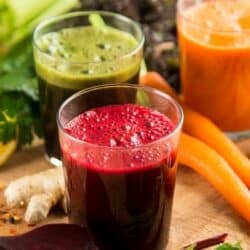
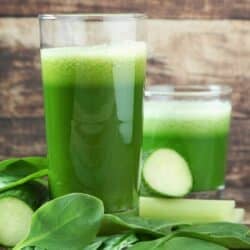
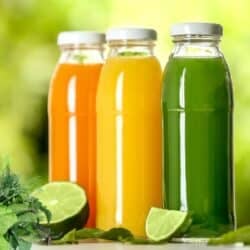
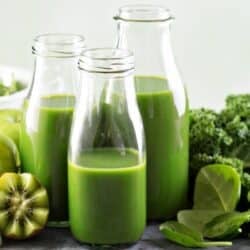



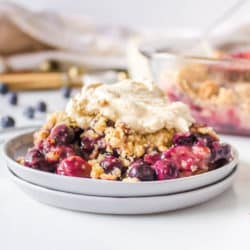
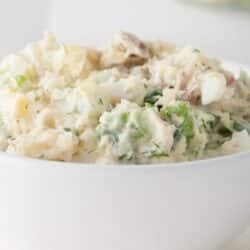
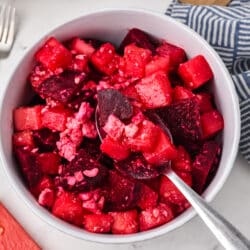








Thanks for the great recipes
This is such an informative list.
This post was so helpful. I have been considering getting a juicer for awhile. I think I’m finally ready to do it now.
Amazing post about to choose the right juicer. You have done a great job. Thanks for sharing.
This is such a comprehensive list, you mentioned a ton of stuff i never thought of! thanks!
I’ve been thinking about doing a juice cleanse lately. This was super helpful – thank you!
Thank you for sharing this! I am someone who will purchase an appliance, thinking it’s the one I need and then after a few uses I find myself wishing I got the OTHER one. Juicing is something I would like to get into once I am no longer nursing and now I have some ideas about what kinds of juicers are actually out there! Thanks.
I’m in the market for a new juicer so I really enjoyed reading this! Definitely a lot to consider, but I’m excited!
-madi xo
I’ve never “juiced” anything before, but have been wanting to try it! Thanks for sharing this, it definitely helped me! 🙂
I wish I could get a cold press juicer! Right now I am using a Breville juicer and it’s such a pain to clean up :/